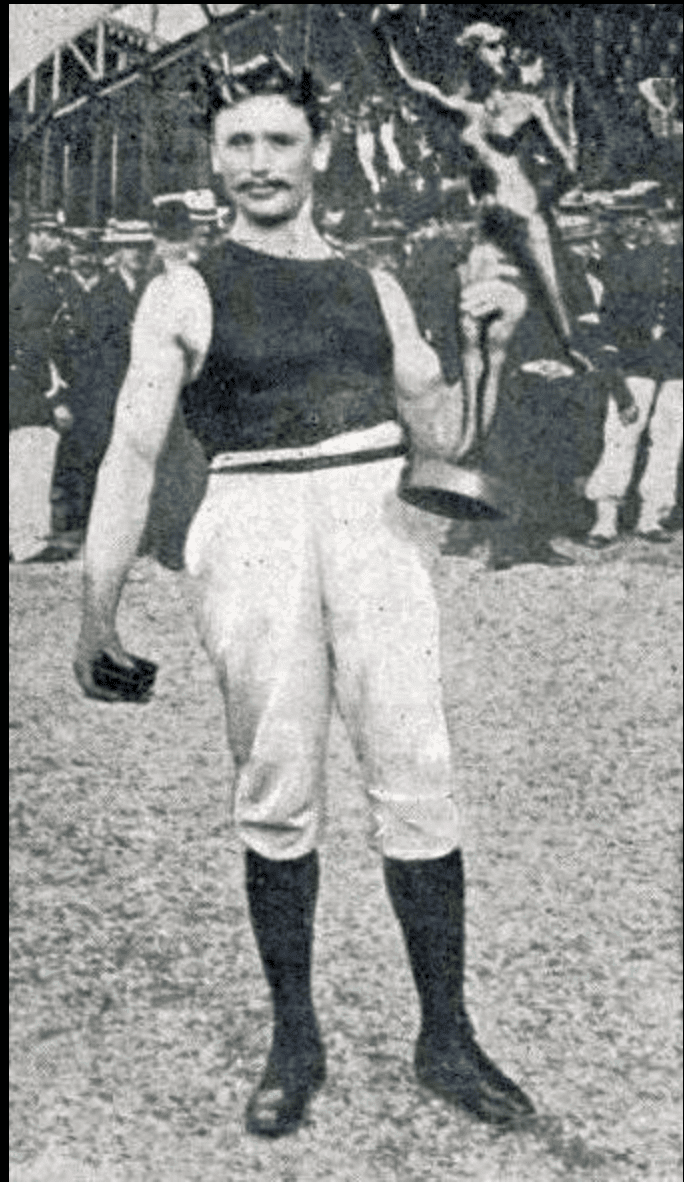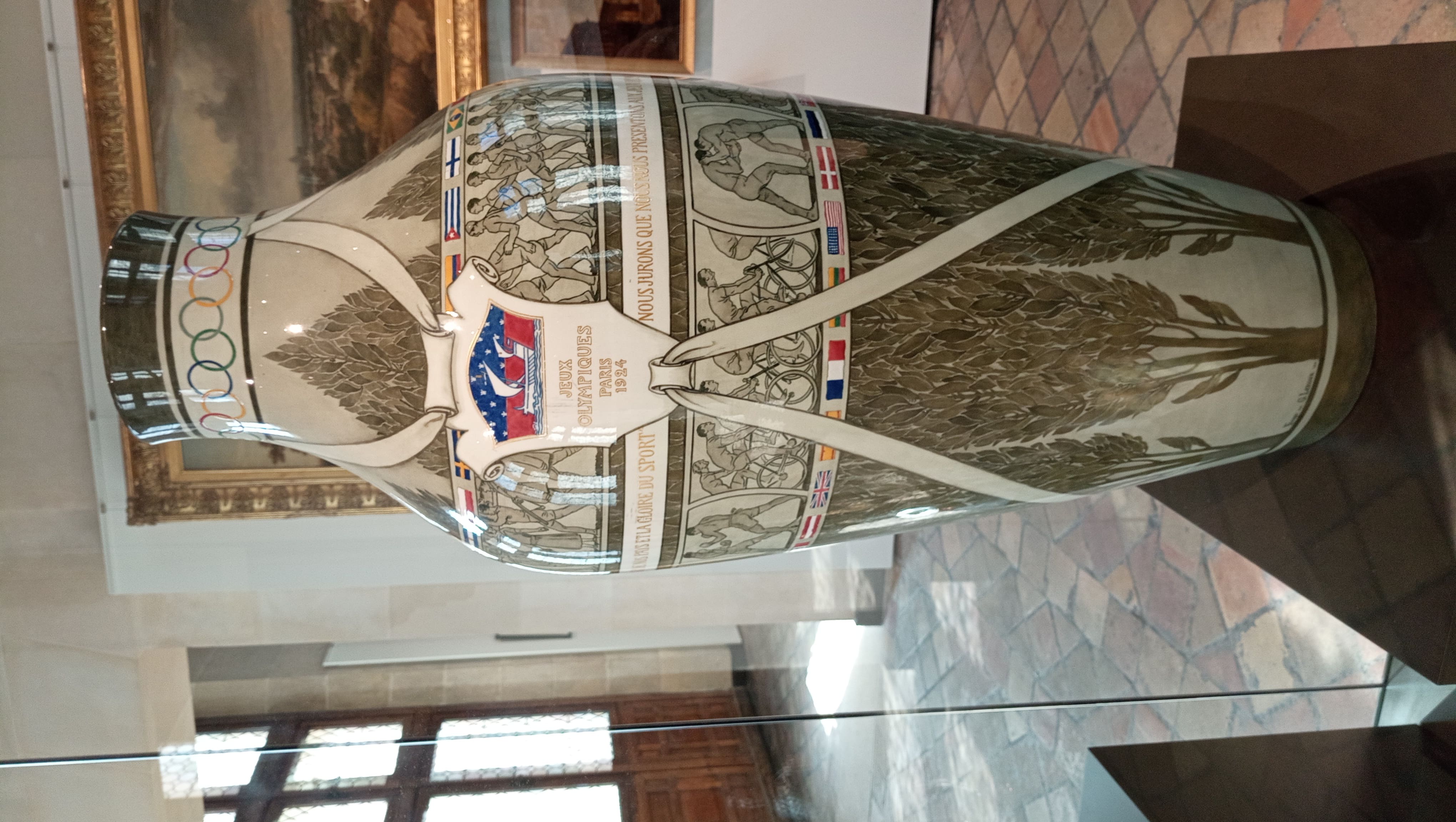The opening ceremony of the 2024 Olympic Games must take place on the Seine*. An exceptional fact because, since the restoration of the modern Olympics, this event generally takes place in a stadium. The medals, for their part, will be three in number (gold, silver, bronze). But do we know that the rewards have not always taken this form?
In 1796 and 1797 in Paris, the Olympiads* took place on the Champ de Mars (today located at the foot of the Eiffel Tower). A show dedicated to peace and fertility marks the opening, while the closing sees the winners parade on a quadriga before the fireworks and the nighttime party. The following year, before the events, the athletes parade carrying the effigies of the French or newly conquered provinces (in the Netherlands, in Switzerland, in Italy).
None of this in 1900: the competitions were part of the international competitions for physical exercises and sports* and were drowned in the heap of activities of the Universal Exhibition. Not all results will be ratified by the IOC and some athletes do not even know they are participating in the Games.
In 1924, on the other hand, the Olympic protocol evolved significantly. The opening ceremony takes place in the brand new Colombes stadium*. In front of 40,000 spectators, 44 delegations parade in alphabetical order (from South Africa to Yugoslavia). After the song sung by the Society of Orpheonists of Tourcoing, a trumpet blast and a cannon shot, the Olympic flag (designed in 1913 by Coubertin) is hoisted to the top of the central flagpole. Speeches from French President Gaston Doumergue, Pierre de Coubertin and the President of the Organizing Committee followed. The Olympic oath is, for its part, pronounced by Géo André, French athletics champion who returns to the stadium despite his war wounds. Solemn, the arm extended upwards: its posture is inspired by Roman statuary and was chosen by Coubertin. It will be, a few years later, assimilated to the Nazi salute and abandoned on the stadiums.
During the closing ceremony, in the same venue, three flags are raised together for the first time: that of the IOC, that of the host country of the year and that of the country where the next games will take place. The custom remained; as well as the Olympic motto, invented in 1894 but only became official in 1924: “Citius, Altius, Fortius”: “Faster, higher, stronger”.
If the Olympism is today synonymous with medals, the rewards have taken different forms over time. In Paris, in 1900, participants in amateur competitions* received trophies and art objects but in no case money, reserved for professionals. Tennis winners, for example, receive a small Louis XVI style table, three silver-gilt pieces and six cups for the men. The women receive a toilet service and six silver-gilt pieces. If “amateurs” have the right to resell these gifts to obtain hard cash, several sports, such as fencing or yachting being the prerogative of an elite*, there is no doubt that these participants kept their trophies.
It is therefore in some way an abuse of language to speak of “gold, silver and bronze medals” for the Paris Olympics of 1900, since these pendants will only appear in 1904, in Saint Louis (USA). In Paris, only “Sports plates” (in vermeil, silver and bronze) are distributed. They represent on one side an athlete brandishing a laurel branch with the Acropolis in the background; and on the other a winged goddess (recalling Nike, victory) holding out laurel branches with the Universal Exhibition in the background.
In 1924, the competition for the decoration of the medals was quite imaginative, even disconcerting. If we understand the relationship between the ibexes symbolizing the wrestlers, what does the elephant on the medal do in athletics?
In 2024, the famous Chaumet house will be in charge of the design of the awards which will be minted by the Paris Mint. What do they have in store for us? Until now, the secret remains well kept…
Planning a trip to Paris ? Get ready !
These are Amazon’s best-selling travel products that you may need for coming to Paris.
Bookstore
- The best travel book : Rick Steves – Paris 2023 – Learn more here
- Fodor’s Paris 2024 – Learn more here
Travel Gear
- Venture Pal Lightweight Backpack – Learn more here
- Samsonite Winfield 2 28″ Luggage – Learn more here
- Swig Savvy’s Stainless Steel Insulated Water Bottle – Learn more here
Check Amazon’s best-seller list for the most popular travel accessories. We sometimes read this list just to find out what new travel products people are buying.









